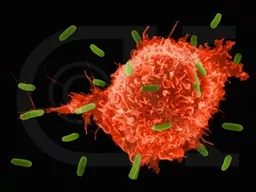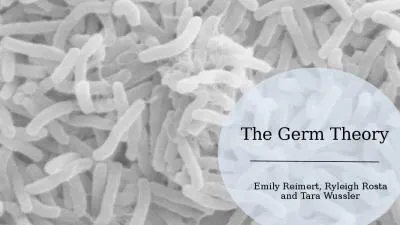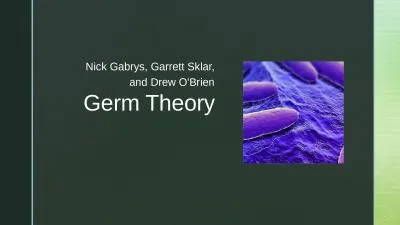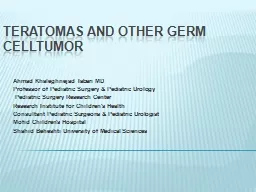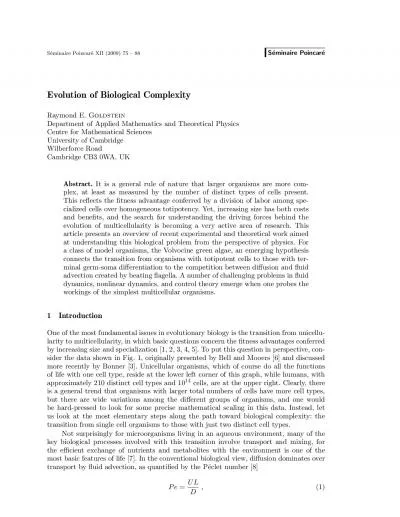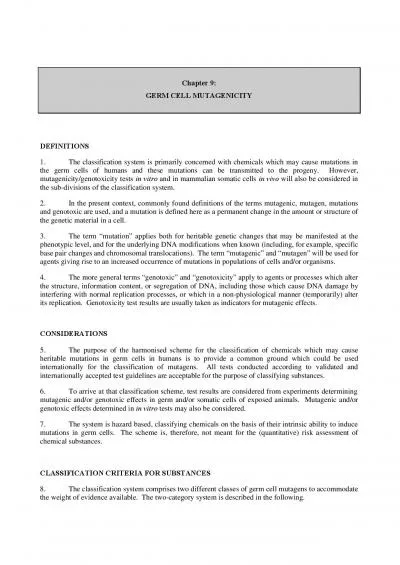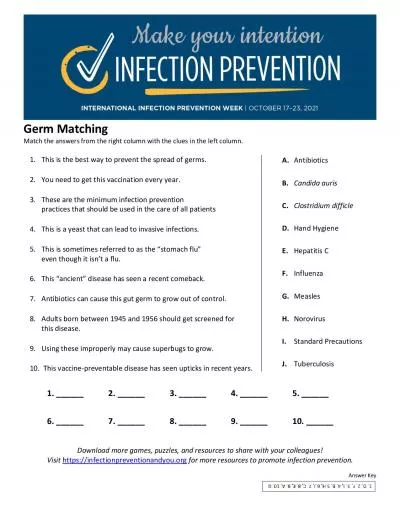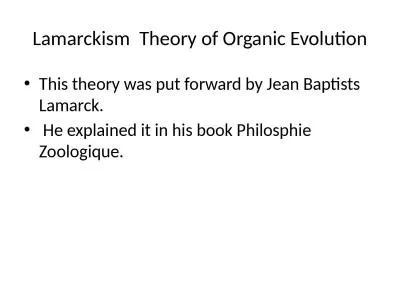PPT-What was the ‘Germ Theory?’
Author : yoshiko-marsland | Published Date : 2016-11-19
Our learning objectives today are To explain ideas about disease in the 18 th C To investigate how Pasteur discovered germs To explain why this discovery w as an
Presentation Embed Code
Download Presentation
Download Presentation The PPT/PDF document "What was the ‘Germ Theory?’" is the property of its rightful owner. Permission is granted to download and print the materials on this website for personal, non-commercial use only, and to display it on your personal computer provided you do not modify the materials and that you retain all copyright notices contained in the materials. By downloading content from our website, you accept the terms of this agreement.
What was the ‘Germ Theory?’: Transcript
Download Rules Of Document
"What was the ‘Germ Theory?’"The content belongs to its owner. You may download and print it for personal use, without modification, and keep all copyright notices. By downloading, you agree to these terms.
Related Documents

